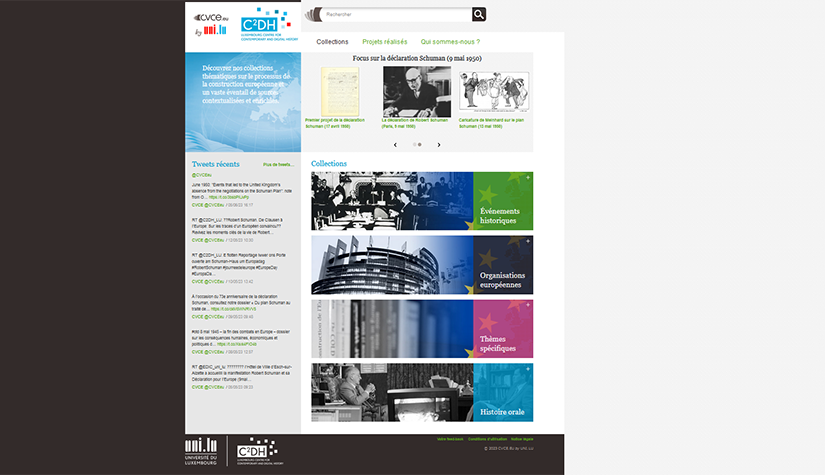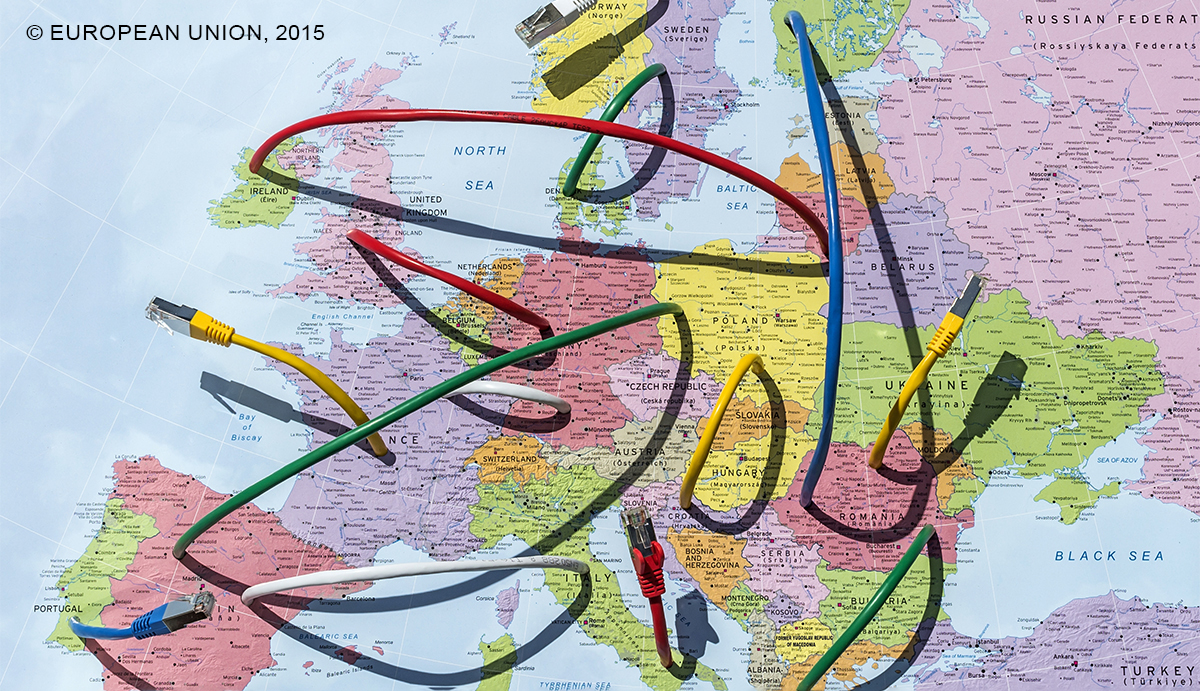Exploring a continent of networks
The challenges currently facing Europe are an invitation for us to develop a more thorough understanding of European history in all its complexity, with its interconnections, divisions and paradoxes. We aim to take a fresh look at Europe’s institutionalisation, its memories and controversies, its media and experts, by adopting a network-based perspective that draws on digital history methods.
Discover
CVCE.eu by uni.lu

